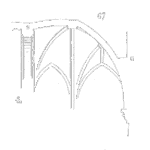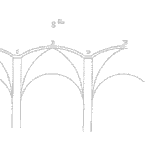
The finger pointing in Flint Michigan has already begun and it’s likely to reach and cross several levels of Michigan’s government. We have developed a society where it has become more important to find out who is to blame, than it is to find out what happened and how we can be sure it never happens again.
Regardless of what you may have read in the papers or seen on the news the effects of lead poisoning are real. Chronic lead poisoning over time like one would expect from a contaminated water source results in damage to every part of the human body and lasts a lifetime. [Read more…]










